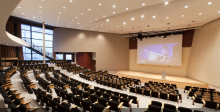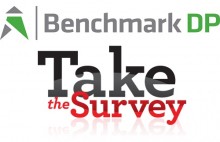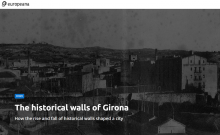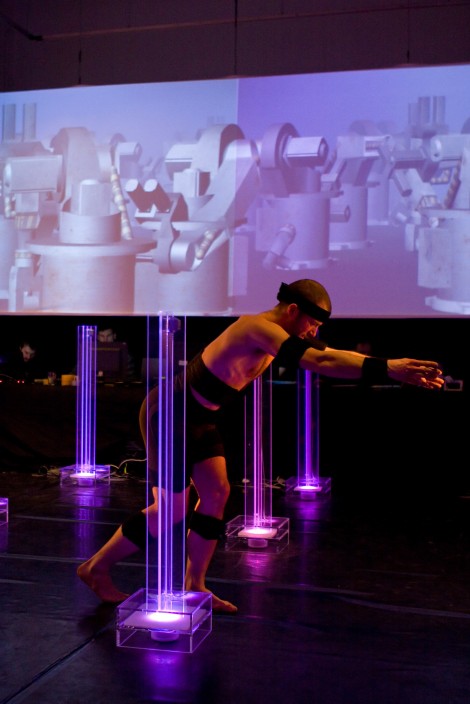
C-DaRE is pleased to announce that we have been awarded a number of fully funded full-time PhD Studentships available for highly motivated postgraduates wanting to undertake research from January 2016.
We welcome applications that propose topics that align with one of our research themes and which explore different methodological approaches, including practice-as-research.
Applicants will need to complete the application form and submit a covering letter together with a 2000-word expansion of the proposed topic that addresses one of the research themes. Applications are welcomed from home/EU and international students.
Closing date for applications – November 30 2015.
Research Themes:
- Dance documentation
- Experimental choreographic practices
- Choreographic practice with reference to political, social and economic conditions
- Performing the (dance) archive
- Creative coding and dance (material, design and form)
- Screendance
- Dance and collective trauma from the 19th century to the present day
- Dance dramaturgy
- Somatic practices in performance, somatics and cultural context, and the impact of digital technologies on the soma
- Transcultural and intercultural identity in dance
- Improvisation
- Dance and wellbeing
- Dance and cultural studies
- Inclusive dance practices and pedagogy within the professional dance environment
To apply online, please visit the Coventry University Website.
If you would like to discuss any of these opportunities please contact Sarah Whatley on s.whatley @ coventry .ac.uk


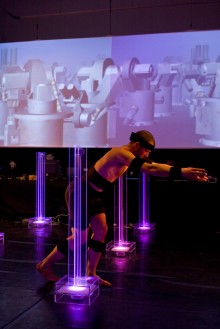
 LoCloud is a Best Practice Network that brings together a strong group of technical partners with network and regional aggregation service providers, and a number of partners representing specialised museums, public libraries and archives. LoCloud’s overall goal is to support small and medium-sized institutions in making their content and metadata available to Europeana and provides guidance, training and support services to meet the needs of content providing institutions.
LoCloud is a Best Practice Network that brings together a strong group of technical partners with network and regional aggregation service providers, and a number of partners representing specialised museums, public libraries and archives. LoCloud’s overall goal is to support small and medium-sized institutions in making their content and metadata available to Europeana and provides guidance, training and support services to meet the needs of content providing institutions.

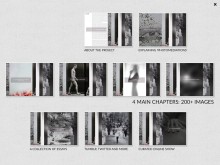
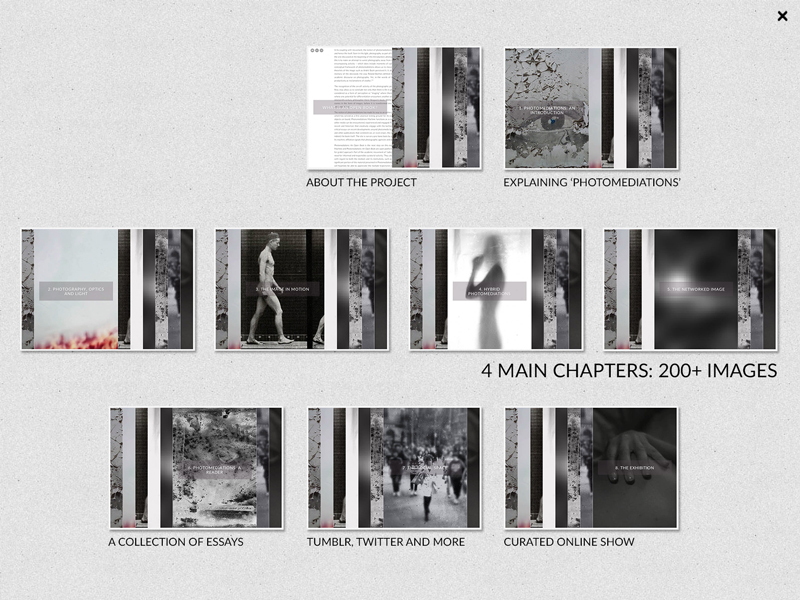
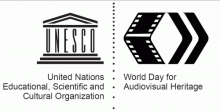

 For the last seven years MuseumNext conferences have focused on the future of
For the last seven years MuseumNext conferences have focused on the future of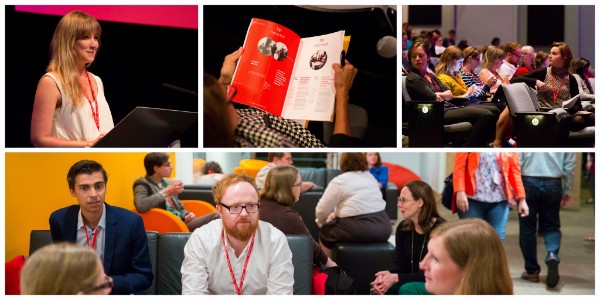
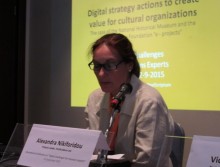
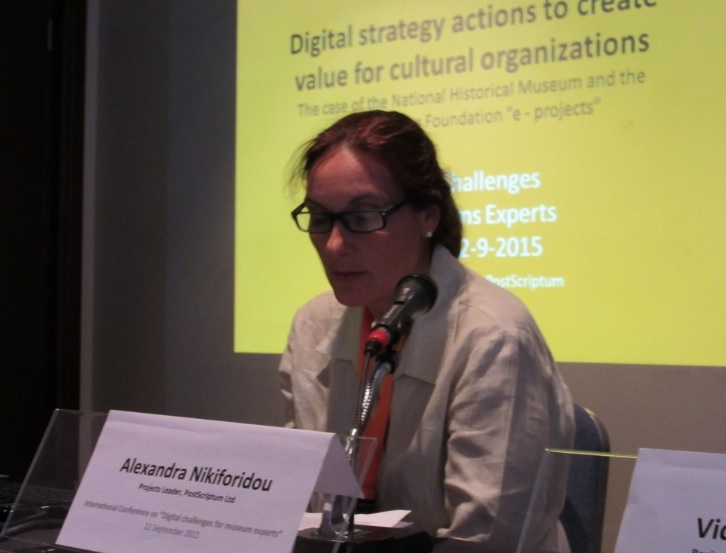
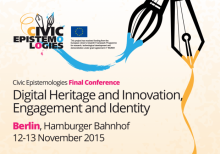
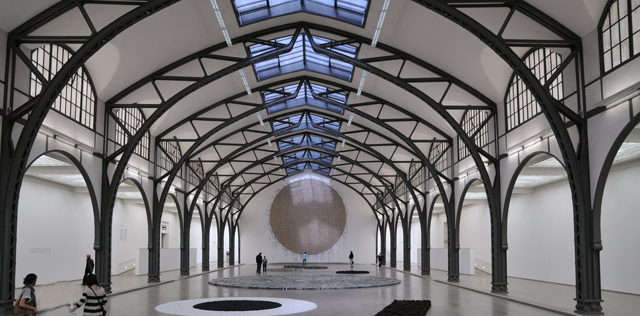 The International Conference will be hosted at the Hamburger Bahnhof in Berlin.
The International Conference will be hosted at the Hamburger Bahnhof in Berlin.